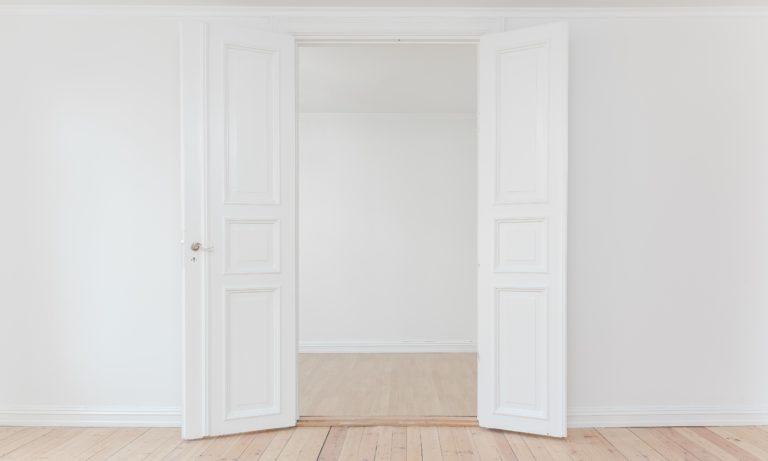Choosing the Right Interior Door (hinged, sliding, or bi-fold)
Posted on: 2013-12-26
Interior doors can do more than just separate parts of your house from others – they can make your room look complete. In order to do so, you need to choose an interior door that complements the look of your home, as well as the room that it is going to be installed in.
There are three main types of interior doors: hinged, sliding and bi-fold. Each has the same purpose – to divide one part of a room or house from another. However, these doors look drastically different from one another. This means that their uses are quite different as well. Consider these points before starting your next home renovation!
Hinged Door
To begin with, a hinged door is usually used to separate a single room from the rest of the house. These doors need a large amount of open space in front of them, so that they have room to swing open all of the way. Because of this, hinged doors don’t work well for most closet spaces, as they take up too much room and prevent you from placing furniture too closely to them.
Sliding Doors
Sliding doors work well for patio and porch access. These types of doors are made of glass panels and can be seen through. The solid kind can work for a closet door, provided that the opening for the closet is large enough to fit this type of door. The tracks that a sliding door runs on can take up quite a bit of space.
Bi-Fold
A bi-fold door also runs on tracks – either one below and one on top, or double tracks on both sides. These doors work well for protecting attic access (if you have an older house with attic stairs instead of a pull down) and for closets. These doors don’t take up as much space as a hinged door, but can become unhinged quite easily. This is the main downfall of a bi-fold door.
If you are planning a home renovation, contact Parabola Developments today!
Photo by Philipp Berndt on Unsplash



